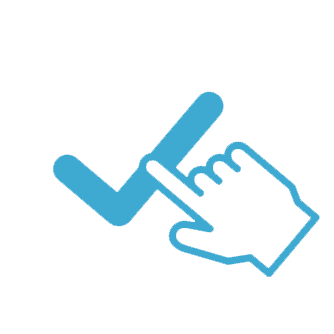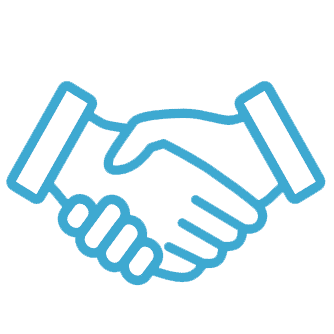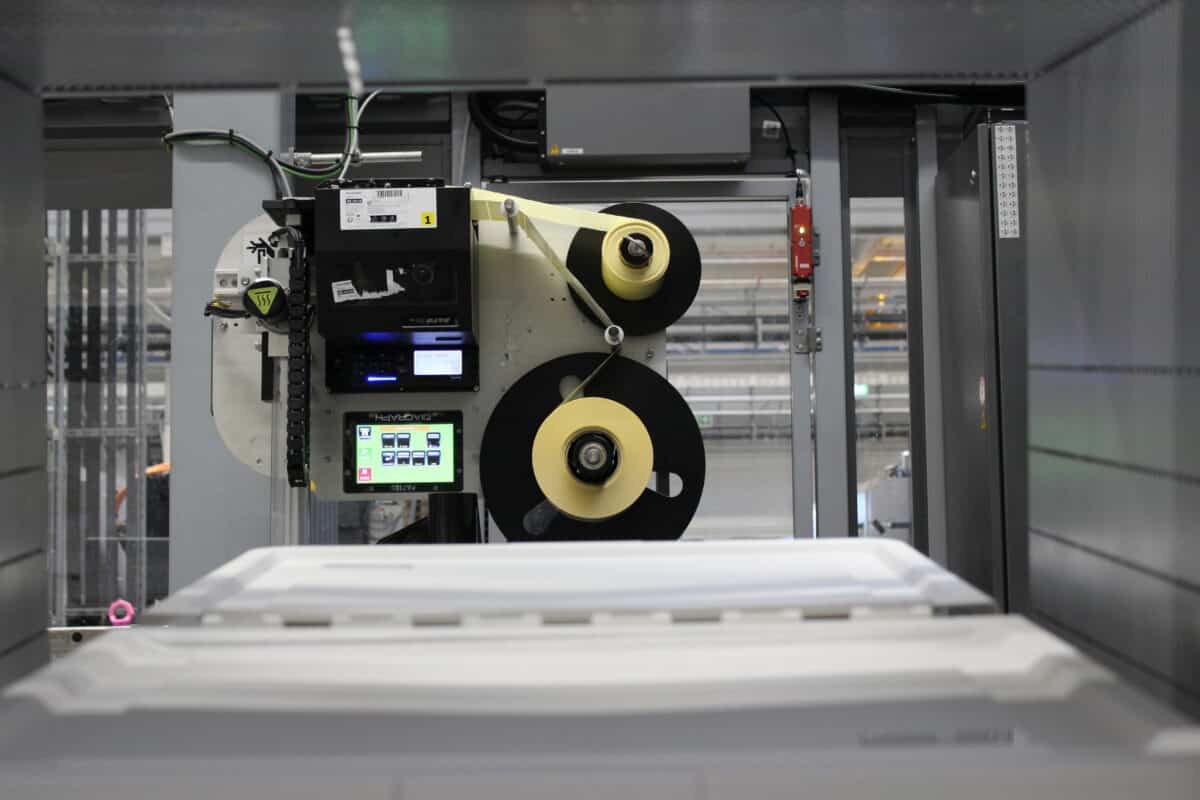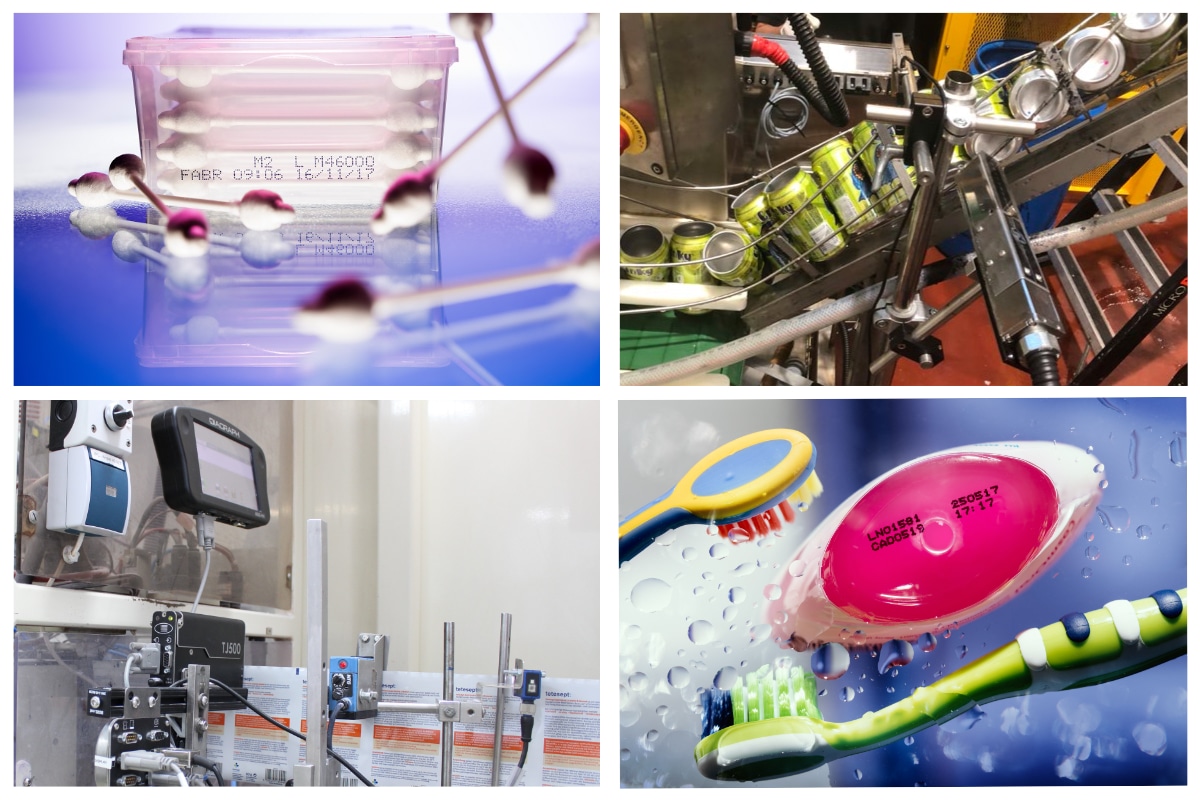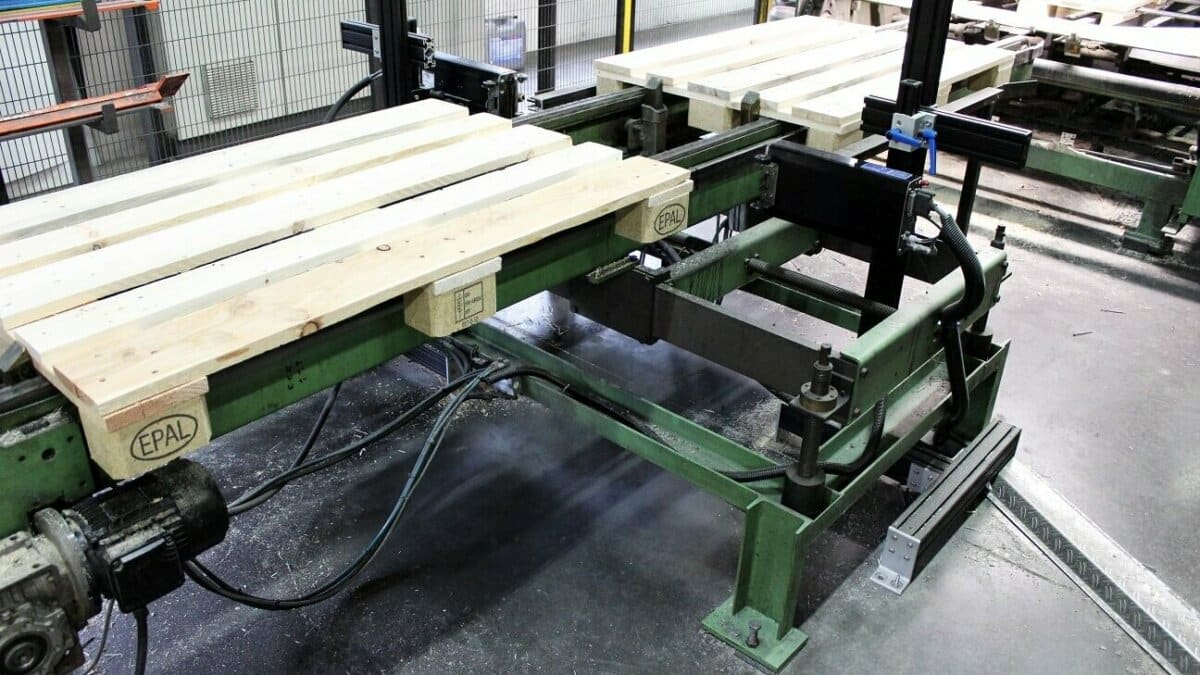Counterfeit drugs are not only a danger for patients, but also an immense economic loss for the pharmaceutical industry. The clear marking of drug packaging is therefore a fundamental part of the production chain and requires suitable printing systems that can withstand the harsh environmental conditions while still enabling high cycle rates. Inkjet printing systems offer the performance, reliability and flexibility you need, at a manageable cost.
How does inkjet printing work and what do the different systems do?
Inkjet printing, unlike gravure or offset printing, is a non-contact printing process that also does not require a fixed printing plate. This means that inkjet printing systems have proved particularly useful where packaging or outer packaging has to be coded and marked at high speed.
There are two different variants of inkjet printing processes: The drop-on-demand process, also known from classic office printers, and continuous inkjet printing. In drop-on-demand printers, the ink is contained in a reservoir where there is a continuous vacuum to prevent ink leakage. The print head consists of several nozzles, each containing a drop of ink that is shot out of the nozzle onto the substrate by an electrical pulse and dries there. The individual drops then produce the complete print image. Resolutions of up to 660 dpi (dots per inch) in the direction of travel are thus possible, at a speed of up to 80 meters per second.
Continuous inkjet printing uses solvent-based inks with a high fluidity. As the name implies, the ink in this inkjet printing system is sprayed continuously and at high frequency from each of the print nozzles, forming a curtain of ink. In front of it is a high-voltage electrode that electrostatically charges the ink droplets. By applying different currents, the droplets can be deflected as desired, creating the actual printed image. Unused ink that is not placed on the surface to be printed reenters the closed ink circuit and can be reused as often as required. In continuous inkjet printing, up to 6 print lines and up to 1,000 characters can be produced, depending on the nozzle size, at high print speeds of up to 3,000 characters and more per second.
InkJet printing – intelligent printing solutions for complete traceability of pharmaceutical products
In the pharmaceutical industry, it is primarily important to code all finished products uniquely and tamper-proof. The obligation to do so stems, among other things, from Directive 2011/62/EU, which will require all prescription drug packaging to have certain security features, including a serialized DataMatrix code (an evolution of the barcode that can store more data), starting Feb. 9, 2019. This Unique Identifier contains in machine readable form:
- the code of the drug manufacturer,
- a unique serial number that can be used to prove the authenticity of the product,
- A number for reimbursement, if applicable to the product,
- the unique batch designation and
- the expiration date of the product.
The Unique Identifier will be uniform across the EU to ensure traceability even across national borders. In addition, the information must be printed in clear text and must offer a defined minimum print quality so that physicians, pharmacists and patients can read and evaluate it without technical aids.
Inkjet printing in the pharmaceutical industry offers many advantages for companies
Inkjet printing solutions are particularly suitable for implementing these new and stricter requirements in a timely manner. Inkjet printing can be used to generate both characters and 2D barcodes at high print speed and quality and apply them to a variety of surfaces and materials. Even multi-line prints and the combination of characters and graphics can be realized without any problems.
The durable and clear coding offers very good legibility and high contrast, and that permanently and consistently. In addition, continuous inkjet printers in particular work very efficiently and are therefore particularly economical – in relation to the individual product packaging. This is because not a drop of ink is lost with this printing system, which has a significant impact on operating costs, especially with high throughput.
Modern inkjet printers can be easily integrated into a network for particularly flexible use. In addition, the devices have an intuitive touchscreen interface that can be used to display and change all the important parameters for print jobs. This allows changeover times to be reduced, which in turn helps to limit production costs. Inkjet printing reliably meets the wide range of compliance requirements in the pharmaceutical industry, ensures traceability and anti-counterfeiting and, thanks to short makeready times, makes optimum use of production facilities.
